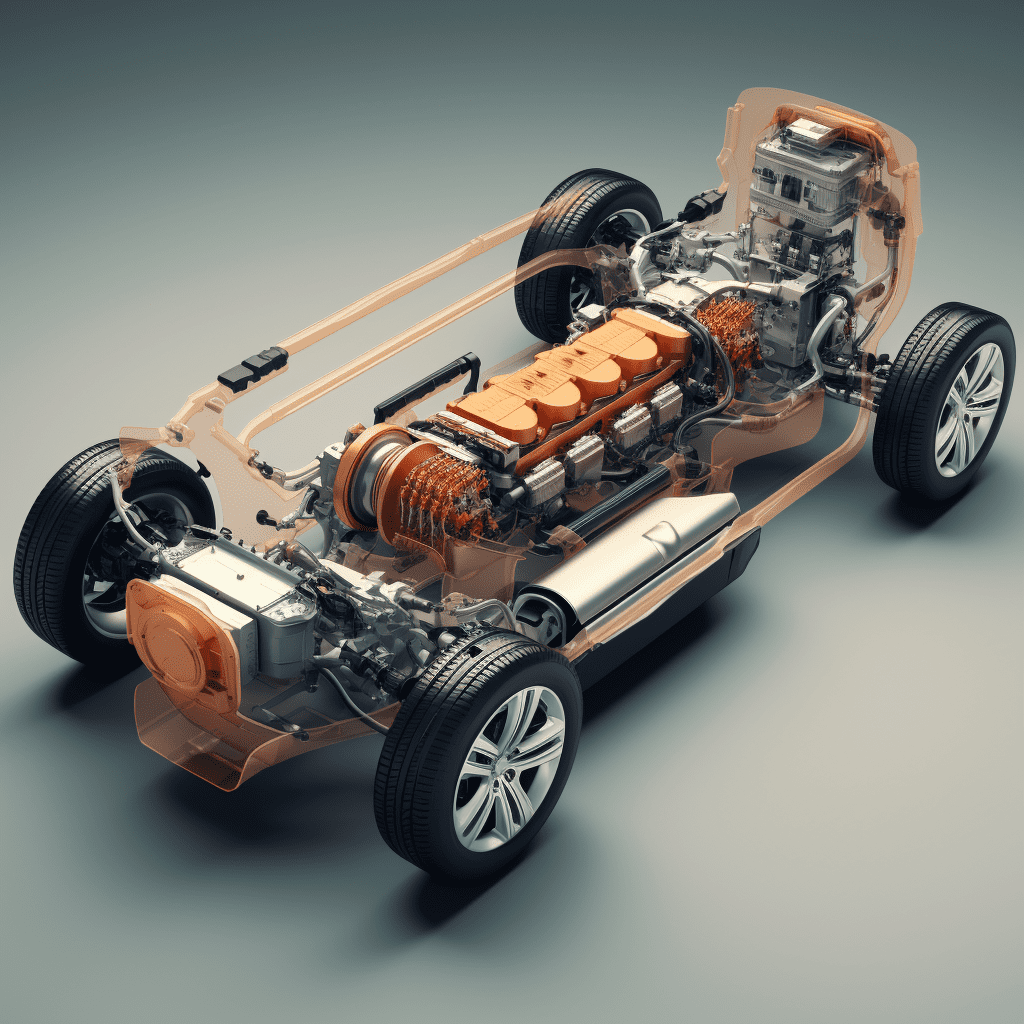A dead cell in your car battery can lead to frustrating starting issues and electrical failures. Understanding the signs, causes, and solutions for a dead cell is essential for maintaining your vehicle’s performance. This guide will help you identify problems and provide effective troubleshooting steps to address them.
What Are the Signs of a Dead Cell in a Car Battery?
Identifying a dead cell early can save you from being stranded. Here are some common signs:
- Dimming Lights: If your headlights or dashboard lights are dimming, it may indicate a failing battery cell.
- Slow Engine Crank: A sluggish start when turning the ignition can signal a weak battery.
- Battery Warning Light: If the battery warning light on your dashboard illuminates, it could mean a problem with the battery or charging system.
Chart: Common Signs of a Dead Battery Cell
| Sign | Description |
|---|---|
| Dimming Lights | Headlights and dashboard lights dim |
| Slow Engine Crank | Engine struggles to start |
| Battery Warning Light | Dashboard light indicates battery issue |
What Causes a Dead Cell in a Car Battery?
Several factors can contribute to a dead cell in your car battery:
- Age: Most car batteries have a lifespan of 3 to 5 years; older batteries are more prone to failure.
- Extreme Temperatures: High heat can evaporate battery fluid, while extreme cold can reduce capacity.
- Overcharging or Undercharging: Improper charging can lead to sulfation or damage to the cells.
- Corrosion: Corroded terminals can impede electrical flow, leading to poor performance.
How Can You Test for a Dead Cell in Your Battery?
To determine if you have a dead cell, follow these testing methods:
- Visual Inspection: Check for signs of corrosion on terminals and any physical damage to the battery.
- Multimeter Test: Use a multimeter to check the voltage. A fully charged battery should read around 12.6 volts or higher.
- Load Test: A load tester can simulate starting conditions; if the voltage drops significantly under load, the battery may have a dead cell.
Chart: Testing Methods Overview
| Method | Description |
|---|---|
| Visual Inspection | Check for corrosion and damage |
| Multimeter Test | Measure voltage with a multimeter |
| Load Test | Simulate load to check performance |
What Should You Do If You Suspect a Dead Cell?
If you suspect that your car battery has a dead cell, take these steps:
- Recharge the Battery: Use an appropriate charger to recharge the battery fully.
- Retest the Battery: After charging, retest using the multimeter or load tester.
- Replace if Necessary: If tests confirm a dead cell, consider replacing the battery.
How Can You Prevent Dead Cells in Your Car Battery?
Preventive measures can help extend your battery’s life:
- Regular Maintenance: Check terminals for corrosion and clean them as needed.
- Monitor Battery Age: Keep track of your battery’s age and replace it proactively.
- Avoid Short Trips: Frequent short trips can prevent the battery from fully charging.
Chart: Preventive Maintenance Tips
| Task | Frequency |
|---|---|
| Inspect Terminals | Monthly |
| Clean Corrosion | As needed |
| Check Battery Age | Annually |
What Are Common Misconceptions About Car Batteries?
Addressing misconceptions can help you better care for your car battery:
- Myth 1: “Batteries only fail in winter.”
- Reality: Batteries can fail at any time due to various factors, including heat and age.
- Myth 2: “A dead battery always means it’s time for replacement.”
- Reality: Sometimes, batteries can be recharged or repaired depending on the issue.
Industrial News
The automotive industry is witnessing significant advancements in battery technology as electric vehicles (EVs) become more prevalent. Manufacturers are focusing on enhancing battery life and performance while reducing costs. Innovations in smart charging systems and improved materials are also contributing to longer-lasting batteries that are more resistant to environmental factors.
Redway Expert Insights
“Understanding how to troubleshoot and maintain your car battery is crucial for ensuring reliable vehicle performance,” states a Redway expert. “By debunking common myths and following best practices, drivers can extend their battery life significantly.”
FAQ Section
How do I know if my car battery has a dead cell?
Signs include dimming lights, slow engine cranking, and illumination of the battery warning light.Can I recharge a car battery with a dead cell?
In some cases, recharging may help temporarily; however, if there’s a dead cell, replacement is often necessary.What is the average lifespan of a car battery?
Most car batteries last between 3 to 5 years, but this can vary based on usage and maintenance.




